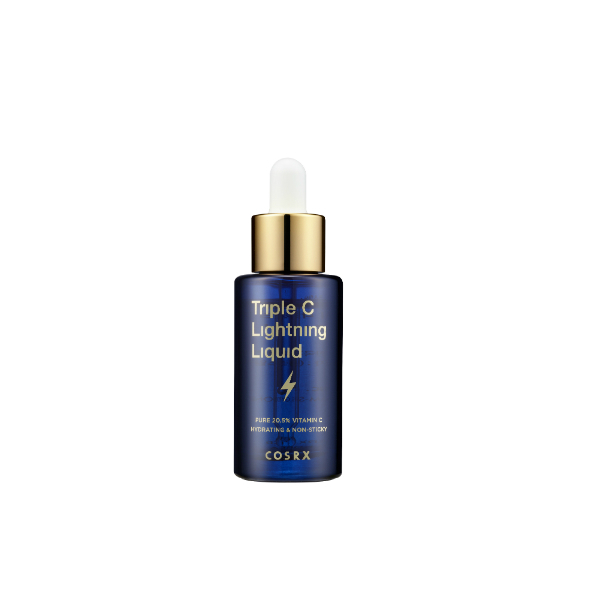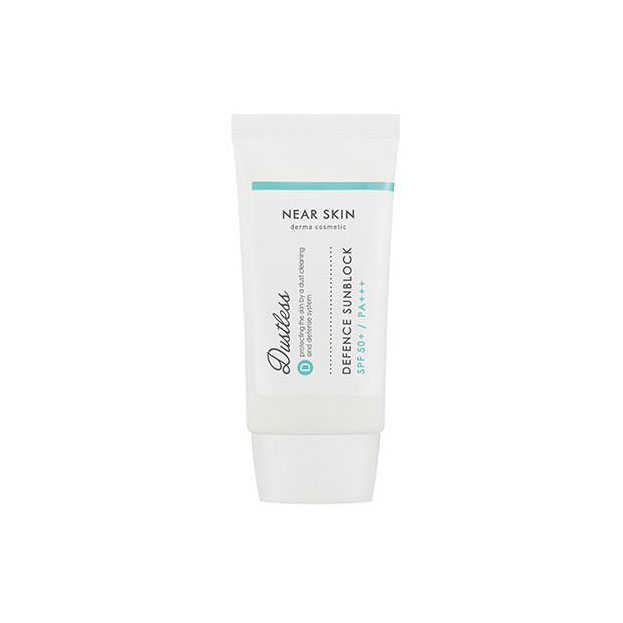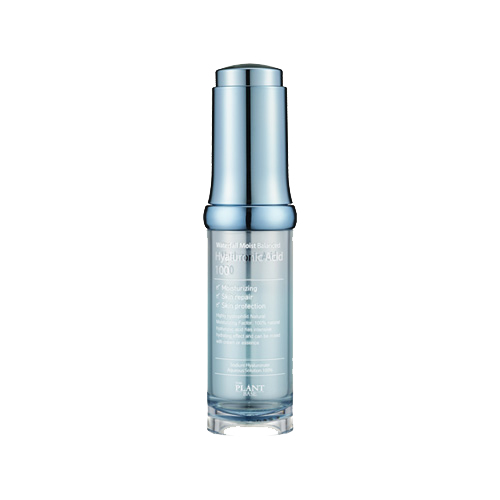Looking for how to prevent sagging skin? It requires some smart skin care choices. Below, we have a derm break down why skin sags and how to help delay the inevitable.
Aging is a complex process that includes a multitude of symptoms, including sagging skin, along with fine lines and wrinkles. We’ve talked quite a bit about wrinkles and how to prevent them, but we have yet to tackle the concept of sagging skin.
“The skin starts to sag as it’s structural components become weaker with age,” says New York City dermatologist Joshua Zeichner. “Think of your skin like a mattress. Collagen is the frame, elastin are the springs, and hyaluronic acid is the stuffing. As each of those components become weaker, the mattress will sag, just as your skin will.”
These components naturally get weaker as we age. In fact, collagen and elastin production start to slow down at 30 and 40, respectively. These two proteins are integral to facial volume and integrity. Elastin is like it sounds: elasticity that helps your skin remain firm and supple. This protein plays a major role in skin sagging because since as it decreases, our skin becomes less prone to “snapping back” into place. Without it, the skin doesn’t appear as firm or as youthful as it once did.
Collagen is also a protein, but a different type that handles the strength and resilience of your skin. As collagen production slows down, the skin becomes weaker, leading to fine lines, sagging and deep set wrinkles. How to prevent these things? The best way to prevent sagging is to protect your skin while it is still healthy.
Here’s how:
Always Wear Sunscreen
These natural physiological changes aren’t the only reasons why our skin starts to sag. Environmental factors, like pollution and unprotected UV exposure, speed up this process. Without sun protection, UV rays penetrate the skin and damage skin fibers like collagen. This loss of collagen leads to loose sagging skin that doesn’t bounce back. It also increases the aging process, leaving you with more prominent fine lines and wrinkles. Think of it this way: Every single time you go outside without SPF you’re aging your skin. So don’t forget to slather on sunscreen every single day.
The MY SKIN MENTOR DR. G Brightening Up Sun SPF 50/PA+++ does more than just protect your skin from UV rays. This hydrating sunscreen melts into your skin and instantly brightens your complexion. Aloe and centella extracts soothe and calm inflamed skin while tannin complex controls excess sebum.
Invest In A High Quality Antioxidant Serum
Our skin is exposed to a lot of external and internal stress on an everyday basis. This includes pollution, cigarette smoke, lack of sleep and even poor nutrition. These issues can affect our bodies by triggering oxidative stress. Oxidative stress occurs when your body produces more toxins, AKA free radicals, than it can get rid of. When free radicals are produced in excess, this causes your cells to function poorly. This shows in your outward appearance in the form of premature aging and loss of elasticity.
The way to fight against these free radicals is with antioxidants. Antioxidants help because they neutralize free radicals and prevent cellular damage. Zeichner describes the power of antioxidants really well: “Antioxidant serums are like fire extinguishers that put out free radical inflammation.”
A high-quality antioxidant serum to add to your routine would be the COSRX Triple C Lightning Liquid. This powerful serum contains 20.5% of pure ascorbic acid, the most potent form of vitamin C. This ingredient works hard to protect us from UV photo-damage, increase collagen production, and reduce hyperpigmentation. Over time, vitamin C slows the aging process by reducing the loss of collagen. As a result, this will leave your skin firmer than what it would be without it. Plus, it neutralizes free radicals and protects the skin from further damage.
Keep Your Skin Hydrated
It may seem like hydrating serums don’t boast many benefits besides basic moisture. But it’s really important to keep your skin as hydrated as possible, because hydration is integral to keeping your skin feeling plump and youthful. As we age, our skin loses its ability to retain moisture, leaving it looking dull, dry and visibly less firm. Hyaluronic acid is an important ingredient to have in your routine to maintain soft, supple skin. This is because it’s actually a polysaccharide ingredient found in the body that helps to lubricate and protect our joints, skin, and everything else in between. It does this by replenishing and retaining moisture, which is necessary to skin health.
Just like collagen and elastin, the amount of hyaluronic acid in the body decreases over time. Supplementing with skin care products is essential. Adding a powerful serum like The Plant Base Waterfall Moist Balanced Hyaluronic Acid 100 to your routine will infuse the skin with hydration, helping to smooth the appearance of fine lines and wrinkles. Plus, the moisture infusion will keep skin looking taut by giving it a boost of firmness.
Retinol Is Key
To further protect the skin, Zeichner suggests at night “applying ingredients like retinol which help stimulate collagen and elastin to firm the skin.” Retinol is a well-known ingredient that is actually a derivative of vitamin A. It’s a game-changer because with continued use, it promotes cellular turnover and increases collagen synthesis. Over time, retinol helps to firm, smooth wrinkles and leave you looking even more youthful.
If you’re not using a retinol serum, it’s about time to add one to your routine. The Plant Base Pore N Tightening Essence contains a slew of skin-benefitting ingredients, including retinol. This fast-absorbing essence takes a 360-degree approach to perfecting pores by controlling sebum, hydrating, boosting collagen and improving skin elasticity.
Bottom Line
Sagging skin sucks, but you can help combat it by treating and protecting the skin with a combination of sunscreen, hyaluronic acid, antioxidants, and retinol. Keep in mind, though, that these things take time. You’re not going to wake up after one use with smoother, firmer skin. Continued and consistent use over a long period of time will help to revamp and revitalize your skin.





